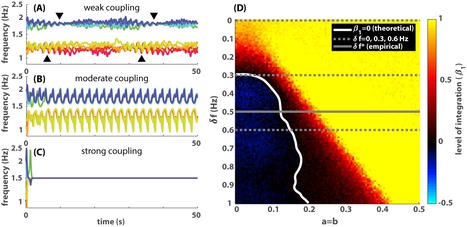Jana Lasser, Joanna M. Nield, Marcel Ernst, Volker Karius, Giles F. S. Wiggs, Matthew R. Threadgold, Cédric Beaume, and Lucas Goehring
Phys. Rev. X 13, 011025
From fairy circles to patterned ground and columnar joints, natural patterns spontaneously appear in many complex geophysical settings. Here, we investigate the origins of polygonally patterned crusts of salt playa and salt pans. These beautifully regular features, approximately a meter in diameter, are found worldwide and are fundamentally important to the transport of salt and dust in arid regions. We show that they are consistent with the surface expression of buoyancy-driven convection in the porous soil beneath a salt crust. By combining quantitative results from direct field observations, analog experiments, and numerical simulations, we further determine the conditions under which salt polygons should form, as well as how their characteristic size emerges.
Read the full article at: link.aps.org



 Your new post is loading...
Your new post is loading...










